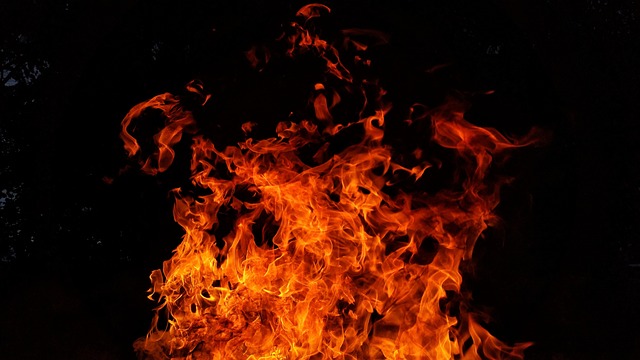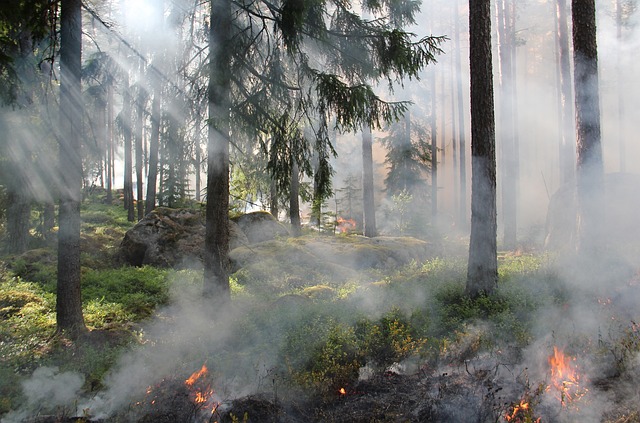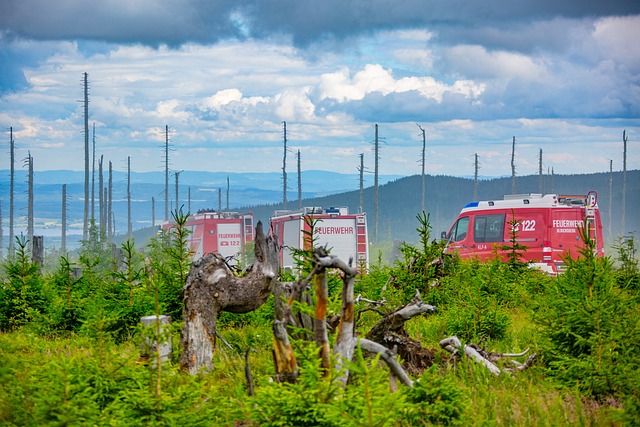Selling a fire-damaged home in California involves navigating complex processes due to structural concerns and market impact. Key steps include ensuring safety, documenting damage, engaging a qualified appraiser for fair valuation, understanding insurance coverage, assessing market trends, adhering to legal disclosures, prioritizing repairs, and promoting transparency. Strategic planning enables successful sale of fire-damaged properties in California's competitive market.
After a fire, selling your property in California can be a complex process. Understanding post-fire property valuation is crucial for both sellers and buyers navigating this challenging landscape. This comprehensive guide explores key aspects, from assessing damage step-by-step to legal considerations and market trends shaping homebuyers’ perceptions of fire-damaged homes. Learn how insurance plays a critical role in sales and discover strategies for restoring and preparing your home for a successful transaction.
- Understanding Post-Fire Property Valuation in California
- Assessing Fire Damage: A Step-by-Step Guide
- The Role of Insurance in Fire-Damaged Property Sales
- Market Trends and Homebuyers' Perceptions After Fires
- Legal Considerations for Selling a Fire-Damaged Home
- Restoring and Preparing Your Home for Sale
Understanding Post-Fire Property Valuation in California

In California, post-fire property valuation for homes damaged by wildfires involves a complex process that considers both the structural integrity and the broader context of the affected area. After a fire, homeowners often face the daunting task of navigating the insurance claims process and understanding how their property’s value has changed. This is particularly crucial when it comes to selling a fire-damaged home in California, as buyers will want assurance regarding the safety and potential long-term costs of repairs.
Professional appraisers play a vital role in this scenario by providing impartial assessments that factor in not just the visible damage but also the economic impact of the disaster on the local real estate market. They analyze historical sales data, current conditions, and future projections to determine a property’s value post-fire. This process helps both homeowners and buyers make informed decisions, ensuring that transactions are fair and reflect the reality of the market in fire-prone areas of California.
Assessing Fire Damage: A Step-by-Step Guide

After a fire, assessing the damage is crucial for anyone looking to sell their California property. Here’s a step-by-step guide on navigating this challenging process:
1. Safety First: Always ensure the area is safe to enter due to potential structural instability or hazardous materials. Wear protective gear if necessary. Begin by inspecting visible fire and water damage, including charred walls, melted floors, and broken windows. Note any signs of smoke damage, as it can leave lingering odors and health concerns.
2. Document Everything: Take detailed photos and videos of the affected areas. Document both the obvious and subtle damages—from large-scale destruction to potential hidden issues like warped framing or water infiltration. This comprehensive record will be invaluable for insurance claims and future negotiations with potential buyers.
3. Identify Scope of Damage: Categorize the damage into three main areas: structural, cosmetic, and personal belongings. Structural damage may require professional assessment by engineers or contractors to determine safety and feasibility of repairs. Cosmetic damage includes things like burned paint, smoke-stained ceilings, and broken fixtures. Personal belongings that have been damaged or destroyed should be removed for safe disposal or potential insurance claims.
4. Consult Experts: Engage the services of a qualified appraiser who understands fire damage assessment to provide an accurate property valuation post-fire. They can consider factors like location, market trends, reconstruction costs, and potential resale value to determine a fair asking price. This step is crucial when determining how to sell a fire damaged home in California.
The Role of Insurance in Fire-Damaged Property Sales
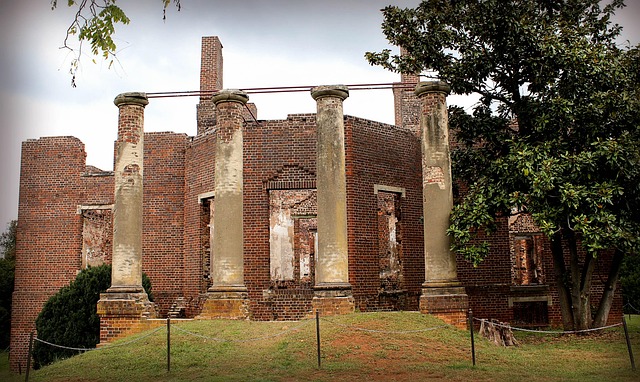
After a fire, selling a property in California can be a complex process. Insurance plays a pivotal role in this journey, offering both financial support and practical guidance for homeowners looking to rebuild or relocate. When a home is damaged by fire, insurance policies typically cover the cost of repairs or even a complete reconstruction, providing much-needed relief for distressed property owners. Understanding one’s coverage and the ins and outs of California’s real estate market after a fire is essential in navigating this challenging time.
For homeowners aiming to sell their fire-damaged properties, insurance can be a powerful tool. It helps assess the extent of the damage and provides the financial security needed to attract buyers. Many potential purchasers will require a thorough inspection and an accurate report on the property’s state, especially when dealing with structural integrity after a fire. Insurance companies often partner with qualified professionals to provide these assessments, ensuring a transparent process that aids in selling the home effectively while adhering to California’s legal requirements for fire-damaged properties.
Market Trends and Homebuyers' Perceptions After Fires

After a fire, the real estate market in California can present unique challenges and opportunities for both property owners and homebuyers. While the initial impact may seem devastating, understanding market trends can offer valuable insights into navigating the post-fire landscape. Homebuyers often have specific perceptions about fire-damaged properties, influenced by media portrayals and personal experiences. However, it’s essential to challenge these misconceptions, as many fires result in repairable damage, especially with modern construction methods and materials.
In California, where housing is a significant investment, buyers are increasingly looking for opportunities to secure affordable real estate. A fire-damaged home can appeal to those seeking a bargain or first-time homebuyers entering the market. Property valuation experts play a crucial role in advising both sellers and buyers on how to assess the true value of a home post-fire, taking into account not just the visible repairs but also the overall market demand and potential for future growth. This involves meticulous inspection, cost estimation, and marketing strategies tailored to attract discerning buyers who appreciate the potential hidden within these properties.
Legal Considerations for Selling a Fire-Damaged Home

Selling a fire-damaged home in California involves navigating a complex web of legal considerations, especially when dealing with insurance claims and potential buyer concerns. The first step is to understand that as a homeowner, you have rights and responsibilities. In California, real estate transactions are governed by various laws and regulations that dictate the process of selling a property, particularly after it has been affected by a fire.
One key legal consideration is the disclosure of damage. Homeowners must disclose any known issues, including fire damage, to potential buyers. This transparency helps prevent future disputes and ensures that both parties are on the same page regarding the property’s condition. Additionally, understanding the terms of your insurance policy is crucial. Insurance companies often have specific requirements for repairing or replacing damaged properties, and adhering to these guidelines can expedite the claims process. When selling, it may also be beneficial to consult with a real estate attorney who specializes in California’s fire damage sale regulations to ensure compliance and protect your interests throughout the transaction.
Restoring and Preparing Your Home for Sale
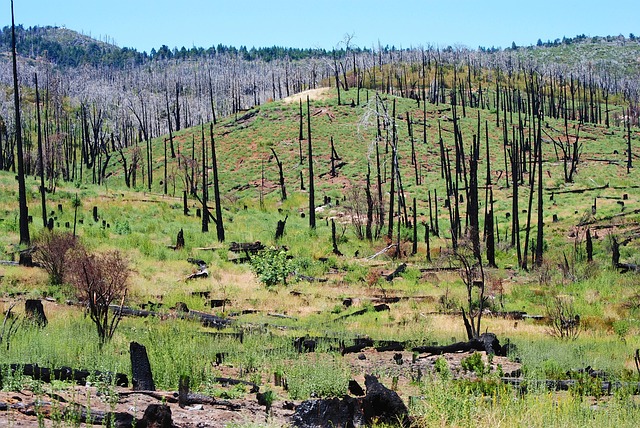
After a fire, preparing your property for sale in California can feel daunting, but with careful restoration and strategic planning, it’s achievable. The first step is to assess the damage thoroughly, enlisting the help of professionals who specialize in fire restoration. They’ll be able to provide an accurate estimate of repairs needed and costs involved. Once the scope of work is clear, prioritize tasks: immediate safety measures like repairing structural integrity and removing hazardous materials come first. Then, focus on cosmetic repairs to make the home presentable for potential buyers.
When restoring, aim for a fresh start—both aesthetically and functionally. Consider updating outdated fixtures, replacing damaged or lost items with new ones, and ensuring all systems (plumbing, electrical, HVAC) are fully functional. Additionally, deep cleaning throughout will create a positive impression. Remember, transparency is key in California’s real estate market; be open about the fire damage history and any repairs made, as it can help build trust with prospective buyers.
Selling a fire-damaged home in California involves navigating a complex process that requires careful assessment, legal considerations, and strategic restoration. Understanding post-fire property valuation is key to ensuring a fair sale, with market trends indicating homebuyer resilience but also specific perceptions. By following the step-by-step guide provided and considering insurance roles, legal aspects, and restoration techniques, homeowners can effectively prepare their properties for the market. This comprehensive approach ensures that selling a fire-damaged home in California is not just possible, but also beneficial, allowing for a fresh start after a challenging event.



